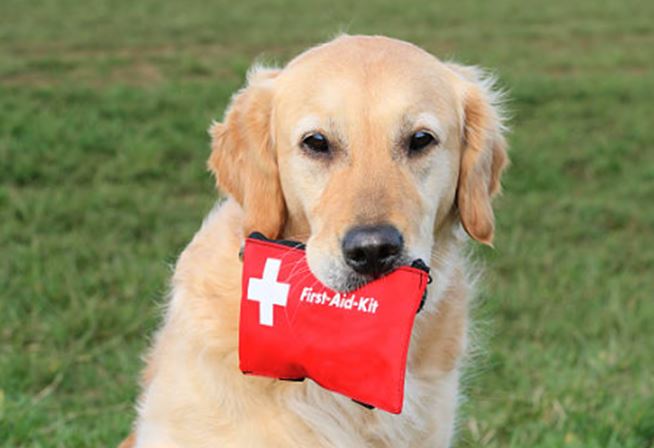Pets are man's best friends; they love their owners selflessly, care for you, make you happy, and stay with you when you feel sad or emotionally drained. In short, you can say that pets are the most wholesome creatures in our homes. Your lovely pet can fall sick or get injured while playing and running around. As these poor creatures cannot help themselves, you have to jump in and help them. A pet owner should be eligible to treat injuries; he should have thorough knowledge about first aid administration, and a first aid kit always comes in handy. Occasionally the damage is severe, and going to the vet can cost a lot of blood loss or the life of your pet; at these times, you should have a first aid kit. Your quick-witted actions can prove life-saving for your pet.
Things to consider before making first aid kits
Before making a first aid kit, you should have complete knowledge about your pet. This part is of utmost importance. The main things that should be focused on while creating your pet's first aid kit are its complete medical records, breed, allergies, and the vet prescribed quantities for medicines. After completion, a critical step is to get it checked by a veterinary doctor. It should be a complete first aid kit, in his opinion. The first aid administered can sometimes be different for an old age lap dog, a fast running hunting dog, and a puppy; you can't give the same volumes of solutions to all. Consultation with the vet regarding quantities and timing is essential.
How to make the best pet first aid kit?
Here we will learn about all the things that a first aid kit should contain. You can also put a first aid kit manual for ease when you are emotionally drained and stressed, and you may tend to forget the little details.
- A primary health card
You can write your pet's vet doctor's contact info, medical records, vaccination records, and allergies.
- Towel or blanket
These always come in handy when wrapping your pet to give home comfort.
- Leash
Pets try to run or hide when they are hurt, and a leash could help make them stay in one place.
- Bandages
Gauzes, elastic bandages, self-adhesive gauzes, cotton balls, and fabric strips can act as absorbents and control the loss of blood and fluids. These are effective for keeping limps still to lessen the pain of muscle cramps.
- Sterile saline
Sterile saline is a principal solution for cleaning wounds, removing all the debris and gravel.
- Hydrogen peroxide
It is a disinfecting solution; it proves to be effective. The only precaution is that you should use diluted hydrogen peroxide.
- Thermometer
It's a basic necessity to find out the temperature.
- Tweezers
You can use this to remove ticks from your pet.
- Medical flashlights or penlights
To check the eyes, avoid using bright flashlights.
- Disposable gloves
For your safety
- Scissors with blunt ends
You can use these scissors to cut the bandages; their blunt ends prevent additional injury.
- Antibiotic ointment
Its use is to treat abrasive, puncture wounds and cuts, and your vet will prescribe you the antibiotics.
- Syringe
Its use is to clean wounds and also to administer medicines.
- Styptic powder
It aids in blood clotting and controls blood loss during minor and major injuries.
CONCLUSION
Creating a first aid kit for your pet is not a challenging task; it is ready with a bit of assistance from a few reliable sources. This kit will always help you, save you in grave situations, and your pet will love you more. First aid kits are a necessity for all homes that have pets.

